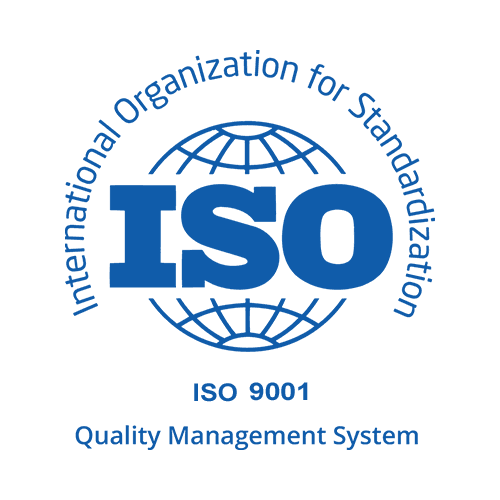Dimensional calibration services are governed by various standards set by organizations such as NATA (National Association of Testing Authorities) and Standards Australia. These standards ensure that the equipment is calibrated to the highest level of accuracy and reliability.
Dimensional calibration is the process of determining the accuracy of a measuring instrument, such as a micrometer or caliper, and adjusting it as necessary to ensure that it is measuring correctly. The importance of dimensional calibration lies in the fact that accurate measurements are crucial for quality control, product development, and other processes in manufacturing, engineering, and scientific research.
CI Scientific has an in-house metrologist for dimensional calibration providing our clients several benefits. Our metrologist can quickly and easily perform calibration checks and adjustments on measuring instruments as needed, reducing downtime, and ensuring that measurements are accurate. Additionally, our in-house metrologist work closely with the rest of the team to develop and implement best practices for measurement and quality control.
Dimensional calibration, a vital process, is employed across numerous industries to guarantee precise and uniform dimensional measurements. Some of the industries where dimensional calibration is frequently utilized include:
- Manufacturing: To ensure that products are being produced to precise specifications
- Engineering: To ensure that equipment and structures are built to the correct dimensions and tolerances
- Scientific research: To make accurate measurements in experiments and testing
- Medical and pharmaceutical: To ensure that equipment used in the production and testing of medical devices and drugs is accurate
- Aerospace and defense: To ensure that aircraft and missiles are built to precise specifications
- Automotive: To ensure that cars and other vehicles are built to precise dimensions and tolerances
- Construction: To ensure that buildings and other structures are built to the correct dimensions and tolerances
- Energy: To ensure that equipment used in the production and distribution of energy is accurate
- Oil and gas: To ensure that equipment used in the exploration, production, and transportation of oil and gas is accurate
- Food and Beverage: To ensure that the packaging and bottling of food and beverages are accurate and meet regulatory standards.
Dimensional Calibration is governed by national standards such as the AS ISO 10012-1:2017 Measurement management systems - Requirements for measurement processes and measuring equipment and the AS ISO/IEC 17025:2017 General requirements for the competence of testing and calibration laboratories.
The National Association of Testing Authorities (NATA) accredits laboratories that perform dimensional calibration in accordance with these standards.
The calibration process itself typically includes the following steps:
- Inspection and cleaning of the equipment to be calibrated.
- Verification of the equipment's compliance with the relevant standards and specifications
- Performance of the calibration using reference standards traceable to national or international standards
- Reporting of the results, including any adjustments made and the equipment's new level of accuracy
- Issuing of a calibration certificate, including the date of calibration, the equipment's identification number, and the results of the calibration
The frequency of calibration for a specific equipment will vary depending on the measurement equipment, the usage, the environment, and the industry regulations. It's also important to have a calibration schedule and to keep records of all calibrations performed.
It is important to note that even if the equipment is calibrated, it needs to be maintained and used properly to ensure accurate measurements.
- Micrometers
- Dial indicators
- Height gauges
- Vernier and digital calipers
- Screw gauges
- Optical comparators
- Coordinate measuring machines (CMM)
- Laser interferometers
- Force gauges
- Torque wrenches
- Pressure gauges
- Flow meters
- Temperature and humidity chambers
- Hardness testers
- Surface finish equipment
- Surface finish equipment
- Balancing equipment
- Optical and imaging equipment
Note: This list is not exhaustive and other types of equipment may also be calibrated, depending on the specific needs of the customer.




